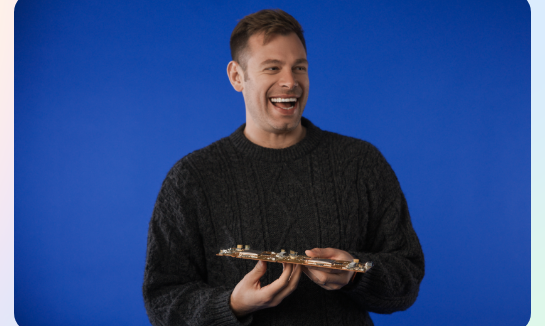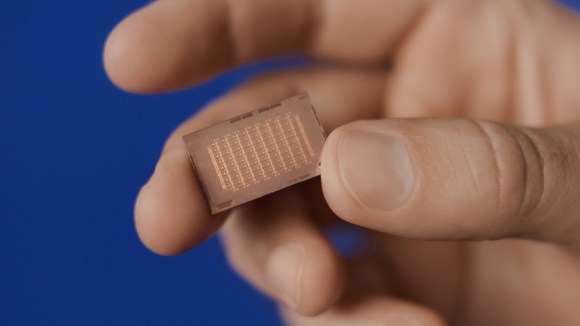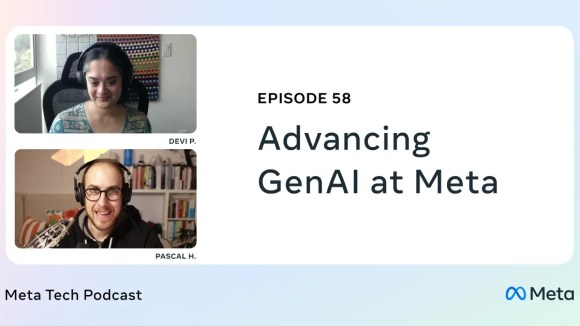In July we shared our initial results from the first successful test flight of Aquila, Facebook’s high-altitude solar-powered aircraft. Our goals for this test flight were to conduct a successful take-off, validate performance models throughout the flight, and test the aerodynamic and experimental nature of the aircraft. As we originally noted, we flew the aircraft for 90 minutes in the test flight, three times longer than originally planned, and obtained a wealth of useful data from the flight on numerous aspects of Aquila’s performance.
Aquila is designed to stay aloft for 60 to 90 days and doesn’t have traditional landing gear. The aircraft lands on skids on the bottom of the motor pods, with simple foam bumpers to prevent the motors and propellers from digging in, which is why we expect some damage to the aircraft upon landing. However, we also experienced a structural failure just seconds before the landing that resulted in additional damage to the right wing. As is normal in circumstances like these, we reported this damage to the National Transportation Safety Board (NTSB) for review. The protocol associated with NTSB reviews prevented us from sharing any details on the review or cause of the structural failure until the review was complete — but the NTSB just published their report, so we can now share more details on this aspect of our first test flight.
Our data show that the aircraft flew into higher-than-expected wind conditions as it descended in the final seconds of the flight. About five seconds before the structural failure, those conditions lofted the aircraft above the glidepath. The autopilot responded by lowering the nose of the aircraft to correct the trajectory, which increased the airspeed above the normal 25 miles per hour. As the aircraft descended back onto the glidepath, the autopilot started to deflect the elevons upwards. The combination of high airspeed and up elevon caused more bending and torsion than the structure could tolerate, resulting in a downward deformation and failure of the right wing. At the time of the failure, the aircraft was seconds away from landing, less than 20 feet above the ground and moving less than 30 miles per hour.
Lessons learned
As noted in the NTSB report, a contributing factor to the structural failure was an insufficient amount of drag to descend steeply after the gust lofted the aircraft above the glidepath. The autopilot was unable to track both the airspeed and glidepath simultaneously, and gave too much priority to tracking the glidepath at the expense of not limiting the airspeed.
We learned a lot from this test flight and are already working to incorporate fixes into future designs and flight testing:
- Future Aquila airframes will incorporate a drag device such as a spoiler or airbrake that the autopilot can use to steepen the descent without increasing airspeed.
- In future flights, we will command the autopilot to give priority to keeping the airspeed under the limit, sacrificing altitude tracking if required. This could mean a less accurate landing, or a go around if the airplane deviates too far above the glidepath.
Next steps
We are already designing and building second-generation aircraft with new features added as a result of our learnings, and are eager to fly again. Each successive test flight will bring both expected and unexpected technical challenges, and will teach us more about how to fly this experimental aircraft. We intend to push the plane to its limits so we can learn more, learn faster, and reach our ultimate goal of connecting people sooner.
Providing connectivity with solar-powered aircraft is something that hasn’t been done before, and there are still a lot of hard science and engineering problems to solve. This is a hard, years-long challenge, and things will break along the way — that’s the nature of engineering. Our results from the first test flight have solidified our confidence in the Aquila program and what we can potentially achieve with this technology. As long as we continue to learn, the sky is the limit.













